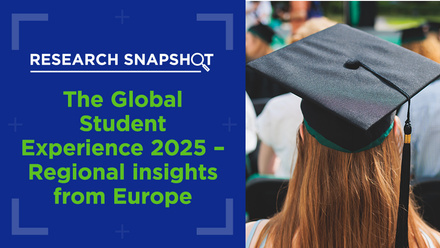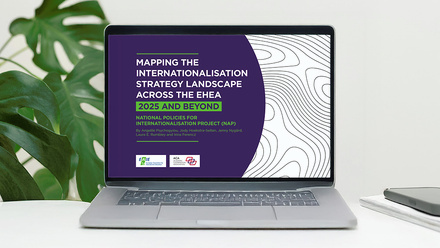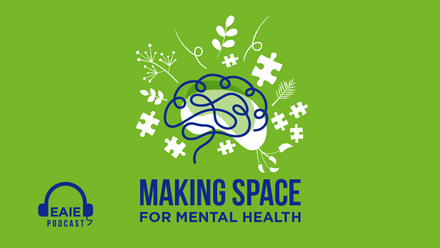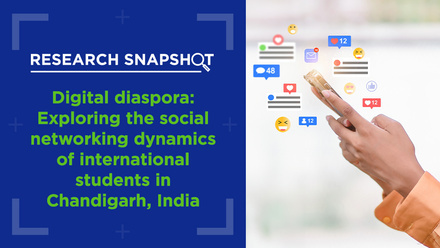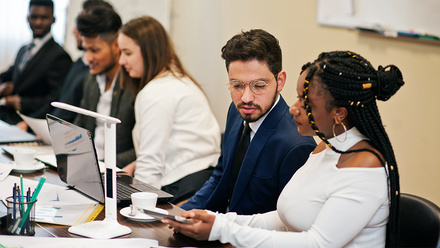Meeting expectations of international students: top tips

"Do you want to travel to the other side of the world?" This question is treated unequally by different generations. While people of an older generation might think about a planning phase of about two weeks to even be able to consider a ‘yes’ or a ‘no’, younger ones can probably give an answer within 15 minutes (after a quick check of flight quotes, rental accommodation and perhaps the weather forecast), and be able to leave for the airport within another 30 minutes.
While the second scenario seems true for most students nowadays, the first scenario seems to fit lecturers. Why would this affect incoming or outgoing students? When students are transitioning between institutions and countries, they have certain expectations. Often enough, those expectations do not align directly with the receiving institution or, moreover, with their staff because they have expectations of their own. We live in a fast-moving world, so keeping up with those expectations is a big challenge. Usually faculty staff do not have enough time to approach incoming or prepare outgoing students accordingly. This is not a mistake of the system; it just seems to be the normal course of life. Nothing you can change or do about it! Or can you?
Some simple measures you might like to consider which could just help to improve things:
- Ask students about their main ambitions before they travel abroad. Do not just focus on their academic life (more precisely: the learning agreement) but also on their personal ambitions. Providing a buddy or sending them on a simple city tour isn’t enough without any background knowledge. Pairing together an enthusiastic chess player with a climbing fanatic might look good on a sheet of paper due to their academic interests but will such a match work in reality? Gaining some additional knowledge might help with the matchmaking and is not too challenging. This is also true for outgoing students. If you let them design a small ‘wanted poster’ about themselves, receiving institutions might be able to provide information about activities they are interested in, dancing courses, for example, to sign up for before they arrive (and before registration is already closed).
- Remember that students connect far more easily on their own. All you need to do is simply help them find the right place to do so. Setting up a Facebook group, Twitter hashtag, etc. helps. Now, even better, communicate these channels and leave the students alone! Unsupervised communication is so much more open and effective! Installing a moderator is highly encouraged, but that moderator should belong to the student community.
- If you have a tech department or project group that has too much spare time, let them work on immersive projects (anything from a small ‘This is our campus in three minutes’ to ‘This is a little game we developed for the Oculus Rift’ will do the job. Let incoming students reevaluate those ‘teasers’ at the end of their visit or get them to prepare one themselves.
- Ask faculty staff how you can support them so that lecturers do not have to spend extra time dealing with in- or outgoing students (since they might not be too keen on taking on extra work). If a lecturer has some background information about an incoming student, he or she might be able to introduce the student with a short presentation.
- Install a simple feedback system to improve each step. Listening to stakeholders is important to meeting those expectation levels.
- Start over!
Those steps and precautions are only small, simple basics that can be developed or expanded. Most importantly, those expectation levels mentioned at the beginning should tend to level out to an acceptable balance. If those levels diverge much further, it will end in frustration for everyone involved. So in the end, one side has to gain speed, while the other slows down a little bit. With a balanced speed, everyone can advance together!
If you found these tips interesting and you’re attending the EAIE Conference this week, make sure you go along to the first Ignite session (6.03) taking place on Thursday 18 September at 13:30. This session will see a series of fast-paced presentations by various speakers providing tips on the successful integration of international students.

